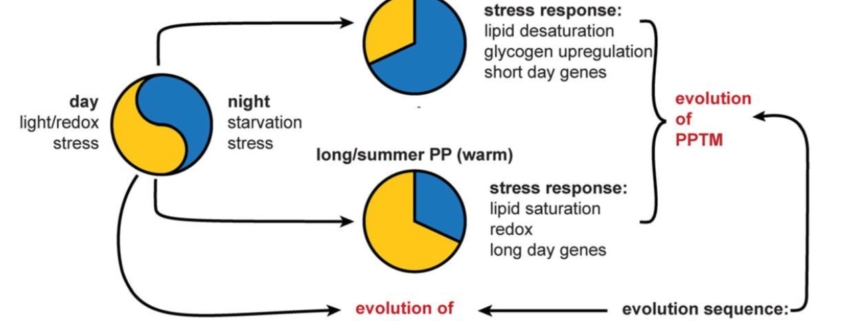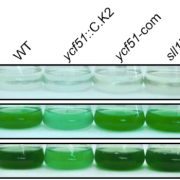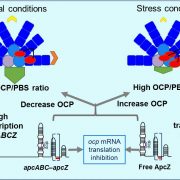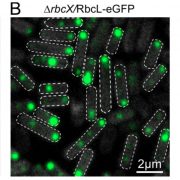Timekeeping mechanism in prokaryotes: Cyanobacteria can anticipate the seasons
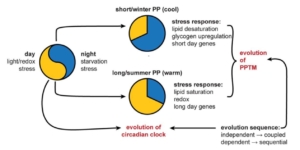 Cyanobacteria, although short-lived, are sensitive to photoperiodic time measurement just as in eukaryotes. Jabbur et al. discuss the discovery of photoperiodism in prokaryotic cyanobacteria, Synechococcus elongatus and their ability to anticipate seasonal changes through light and dark cycles similar to eukaryotes. This ability is linked to their circadian clock, which helps them to respond to physiological changes, such as resistance to cold, depending on prior exposure to day length. S. elongatus was discovered to develop increased resistance to cold when exposed to shorter winter-like days, while this response is absent in mutant strains lacking the circadian clock genes. RNA-seq analysis further revealed that the short-day exposure enhances lipid desaturation, which is an important adaptation for survival in cold conditions, while exposure to long days activates heat and light stress responses. This suggests that cyanobacteria possibly evolved photoperiodic time measurement from stress response mechanisms, helping to prepare them for seasonal changes and adapt to their environment. This challenges the traditional belief that only higher organisms could anticipate seasonal changes. Understanding photoperiodic responses in cyanobacteria offers a simple model to study mechanisms of photoperiodism and can also provide insight into how they form harmful blooms, which have significant ecological impact. (Summary by Idowu Arinola Obisesan, @IdowuAobisesan) Science 10.1126/science.ado8588
Cyanobacteria, although short-lived, are sensitive to photoperiodic time measurement just as in eukaryotes. Jabbur et al. discuss the discovery of photoperiodism in prokaryotic cyanobacteria, Synechococcus elongatus and their ability to anticipate seasonal changes through light and dark cycles similar to eukaryotes. This ability is linked to their circadian clock, which helps them to respond to physiological changes, such as resistance to cold, depending on prior exposure to day length. S. elongatus was discovered to develop increased resistance to cold when exposed to shorter winter-like days, while this response is absent in mutant strains lacking the circadian clock genes. RNA-seq analysis further revealed that the short-day exposure enhances lipid desaturation, which is an important adaptation for survival in cold conditions, while exposure to long days activates heat and light stress responses. This suggests that cyanobacteria possibly evolved photoperiodic time measurement from stress response mechanisms, helping to prepare them for seasonal changes and adapt to their environment. This challenges the traditional belief that only higher organisms could anticipate seasonal changes. Understanding photoperiodic responses in cyanobacteria offers a simple model to study mechanisms of photoperiodism and can also provide insight into how they form harmful blooms, which have significant ecological impact. (Summary by Idowu Arinola Obisesan, @IdowuAobisesan) Science 10.1126/science.ado8588


